|
Join me for a walk down memory lane. At the edge of the garden, I stand patiently as my Grandma Joyce ties a fruit basket with an old piece of rope around my waist. Once my handy basket is secure, I grab two plastic berry quarts and put them in the basket. In front of me are rows, upon rows raspberries. Now, these are not just any raspberries. These are blue raspberries. The biggest and sweetest raspberries you ever could eat! I'm not alone in my berry picking. With me is my brother Chris, my cousin Jessica, my other cousin Daniel, my aunt Valerie, my mom, and my Grandma. Sometimes neighbours came too but not today. My Grandpa is over checking out the other plants in the garden (likely squishing potato bugs…that's a memory for another time lol). Picking berries was a family event/contest. The girls: my cousin and I against the boys: Chris and Daniel. Clearly, the girls were the better pickers (haha sorry not sorry). We picked more quarts while not leaving precious berries behind on the bushes. Looking back on this memory, one of my favorite parts concerns not with the berries we picked but with the way my Grandma Joyce just "was." She praised us for our work (which she trusted us to do), encouraged us to laugh, brought us together, and loved us with everything she could. This memory cost $0, yet it is one of my strongest childhood memories. One of my "learning" environments growing up was my Grandma's garden. The knowledge provided just by letting me tag along, giving me chores, and actively communicating her know-how had a massive impact on my life. As early childhood educators, we owe it to the children in our care to take them back to nature. Nature is more than just walking through a forest, or exploring a meadow. It's more than gardening or picking flowers. Nature teaches us about life and death, cause and effect, senses, respect, and most importantly, it supports positive emotional and physical well-being. How can we incorporate nature into our learning environments?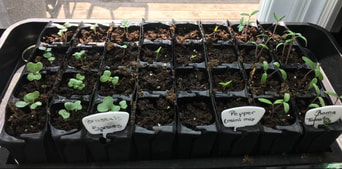 A great first step is to incorporate gardening into your sensory play. Allowing children to:
What about indoor plants (houseplants)We live in Canada… so our outdoor gardening season isn't very long. What can we do for the rest of the year? Having plants around our play spaces and throughout our homes allows children to feel connected to nature even when it's snowy outside. The benefits of houseplants transcend beyond just the child. They are crucial to our own feelings of well-being. Houseplants have incredible benefits beyond just being nice to look at. These include:
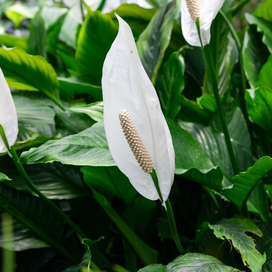 I encourage having poisonous plants in your home and play space. Just be smart about it. The Peace Lily for example is the #1 best air purifying plant. It has striking green leaves and a super neat flower during it's bloom season. Nevertheless the Peace Lilly is considered poisonous (if consumed). This is a plant to put out of reach. The same way we put covers over electrical outlets vs. not having any electrical outlets. Having plants that are dangerous if eaten opens the door for multiple communication and teaching moments. If however you can only have "safe" plants in your environment here's a short list I hope you find useful:
Sources:
Positive Health Wellness,.(Sept.27/2018). 7 Science-backed benefits of having plants at home. sourced from: https://www.ecowatch.com/health-benefits-of-having-plants-at-home-2608386260.html D.Murray,. (March 16/2018). 20 Plants that are safe for children, cats and dogs. sourced from: https://www.hgtv.ca/green-living/photos/plants-child-pet-safe-1913786/#
1 Comment
I have been trying lately to align what my core foundational theories are. When looking at current research concerning early childhood development, the top three approaches are #1. Reggio #2. Montessori #3. Emergent Curriculum. All of these approaches to building learning environments and teaching practices are quite similar. They all appreciate the need to build strong relationships in the early years. They all prefer more natural play materials, and finally, they all see the child as capable and competent. Home childcare providers within Little Lambs are encouraged if not required to follow the above practices. HOWEVER intrinsically there is just something else happening in the home childcare environment. Something that the listed approaches don't cover. I haven't been able to put my finger on what that "thing" was until recently. While looking through my Spotify app, I found a new early years podcast (well…new to me). Kimberly @KSEYconsultancy founded the podcast titled "Hygge in the Early Years." I'm hooked! Honestly, Kimberly is a breath of fresh air. AND her accent/tone makes her sound like one of the sweetest people on the planet. Kimberly's podcast is as much about early childhood learning and environments as it is about educators and their self-care and well-being. The foundation she has built for her early year's programs and her mentorship is based on a single word, "Hygge." "Hygge (pronounced hue-guh, not hoo-gah) is a Danish word used when acknowledging a feeling or moment, ordinary or extraordinary as cozy, charming or special." (S. Bennett, The Curiosity Approach). Anyone who knows me knows how much I love my blankets. I sit curled up on the couch, mug in hand with my Hubby every single night. Guess what??? That's Hygge! Think twinkly lights, candles, the roar of a fire. Think warm drinks, blankets, and nurturing food. Think about being out in nature, enjoying all the seasons to the fullest: in as many ways possible. Think spending money on memories vs. things. Think relationships, socializing, laughter, and self-care. Hygge sounds like my life! It looks like what I believe home childcare can and should be. Going beyond the concept of environment and relationships, Hygge gives a term to how children feel while at the home childcare premises. It's truly a sense of well-being. The depth of relationships is vast in the Home Child Care Environment. Children from infancy to school age are cared for by a single childcare provider. During this time, they build strong relationships with the other daycare children as well as the providers own children. Often children will wave good-bye in the morning and greet the provider's partner again at the end of the day. These tertiary relationships are not something that happens in the daycare centre environment. Over and over again, I have preached "non-institutionalized" environments in the early years. Homes are by their very essence "non-institutional." Even the most beautiful classrooms are still that…classrooms. Children will be in traditional education from Kindergarten through to High School and post-secondary education. Through our partnership with home childcare providers, we create incredible learning environments that support the development of responsive relationships that allow children to explore, grow, and learn. We do all of this while providing a cozy home environment. So when searching for
I found Hygge! I hope that you have enjoyed reading this post as much as I have enjoyed typing away under the comfort of my blanket ;) 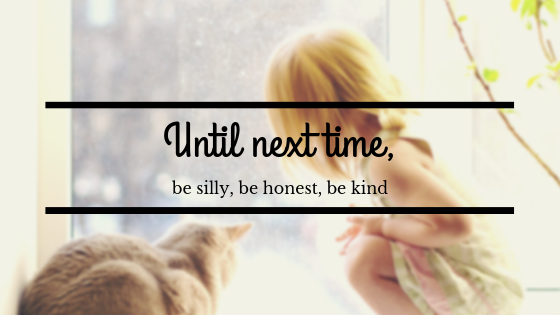 sources: S.Bennett (N.d)-Hygge in The Early Years,. sourced from: https://www.thecuriosityapproach.com/blog/hygge-in-the-early-years K.Smith (n.d)- Hygge in the Early Years., sourced from: https://www.facebook.com/pg/KSEYconsultancy/about/?ref=page_internal A common item I am seeing on parent surveys is that they do not believe their children are being stimulated to grow in all areas of development (some surveys are marking 2 & 3 out of a possible 4). I think this is more a misconception of "how children learn" than "if they are learning".
Here is an example of an activity I did this week which engaged children in all areas: social, emotional, physical and language. activity: a walk around our neighbourhood. The children were encouraged to look for things that interested them. They then took turns becoming a photographer and took pictures of these interests. PHYSICAL: walking, running, skipping, stopping, jumping (kids don't actually "walk" while on a walk) SOCIAL: taking turns, being the "leader", participating in an activity together LANGUAGE: we explored the neighbourhood. While exploring and looking at our interests we talked about them. EMOTIONAL: some had a harder time taking turns and sharing. We needed to connect their feelings to the situation and come up with a solution. Self control, coping skills, focus and patience. we will further develop these skills as we continue our neighbourhood study next week. The images taken by our "photographers" will be printed and I will add descriptions/"quotes" from the children's words. from there who knows where the children will take this learning journey. |
Early Years at Home When we refer to home we refer to a feeling of welcome, family, comfort and belonging. Licensed home child care offers the feeling of "home" with the benefits of early years pedagogy. Categories
All
Archives
June 2023
©Little Lambs Home Daycare
©Kristina Schwartz |
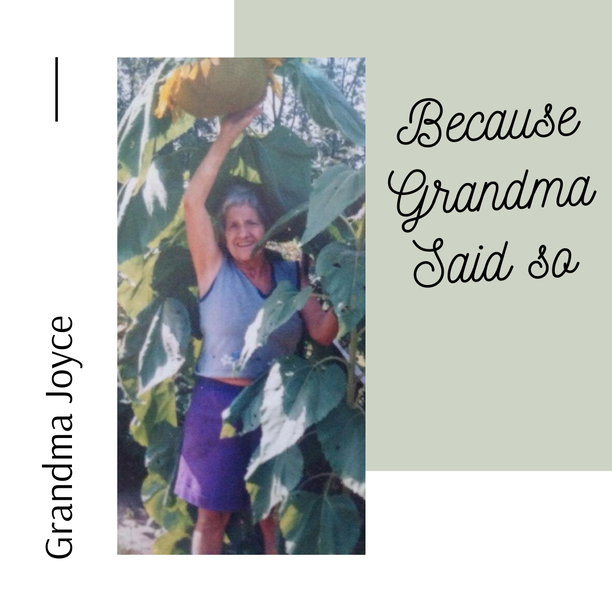
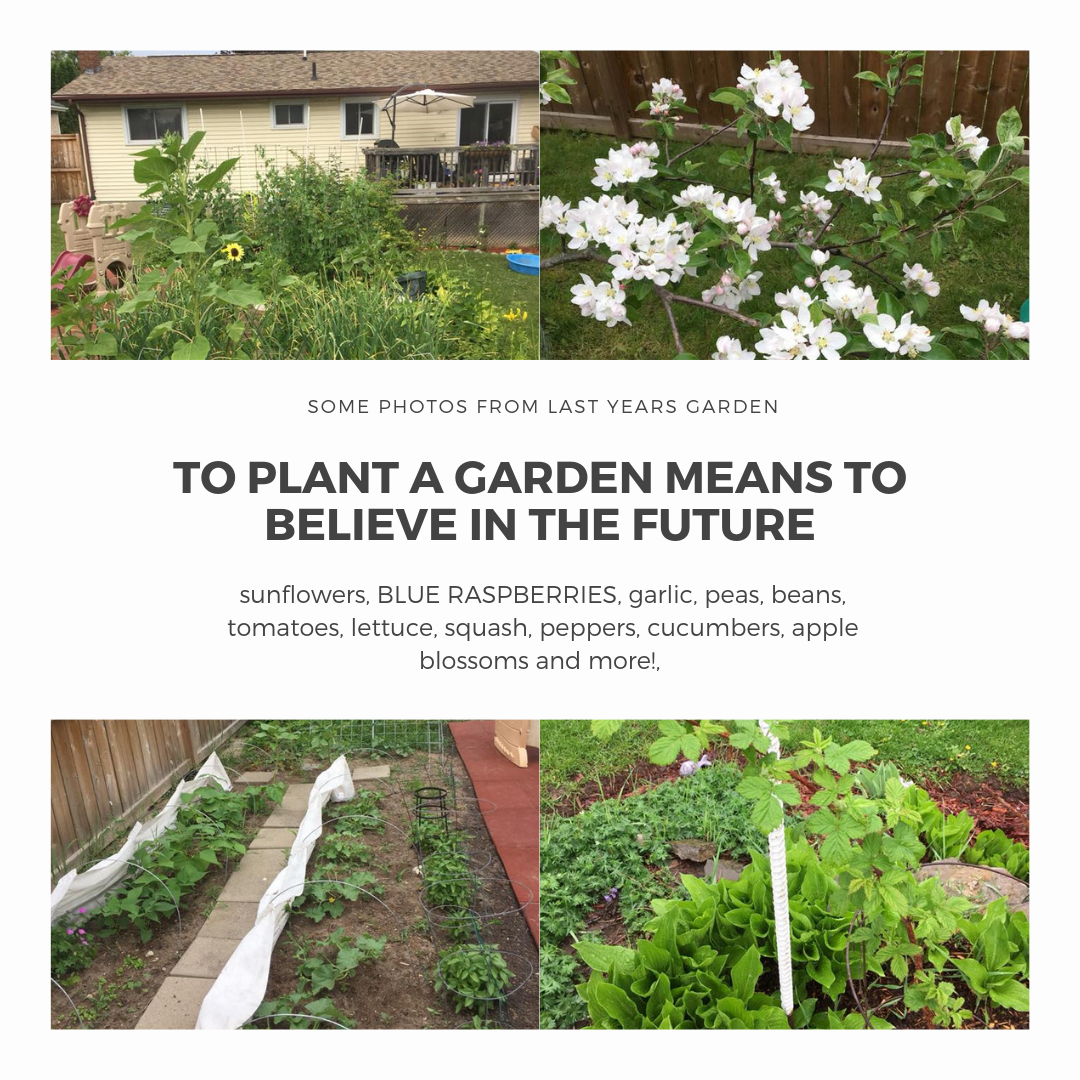
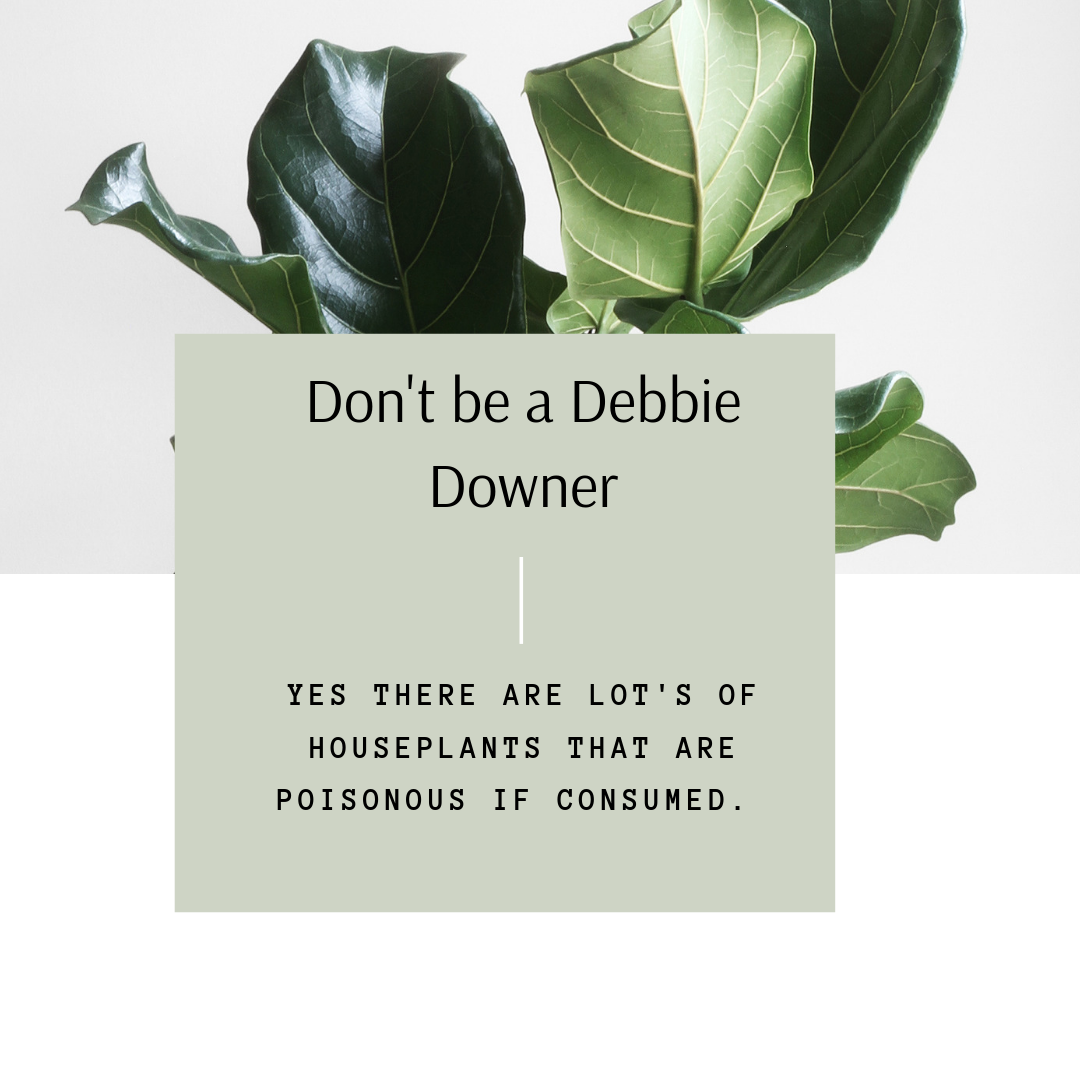
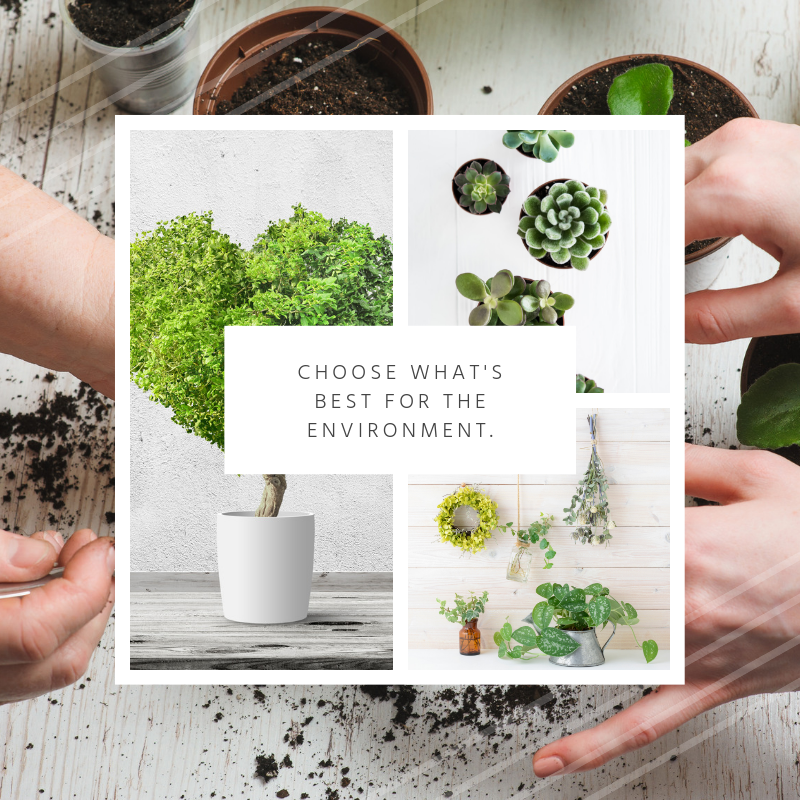
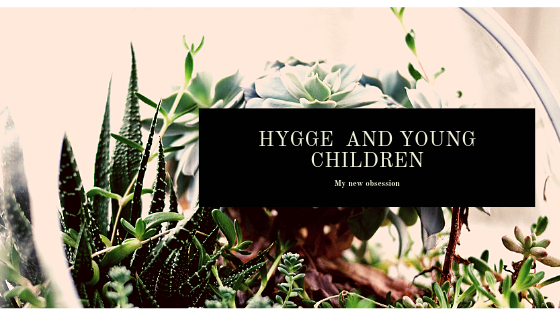
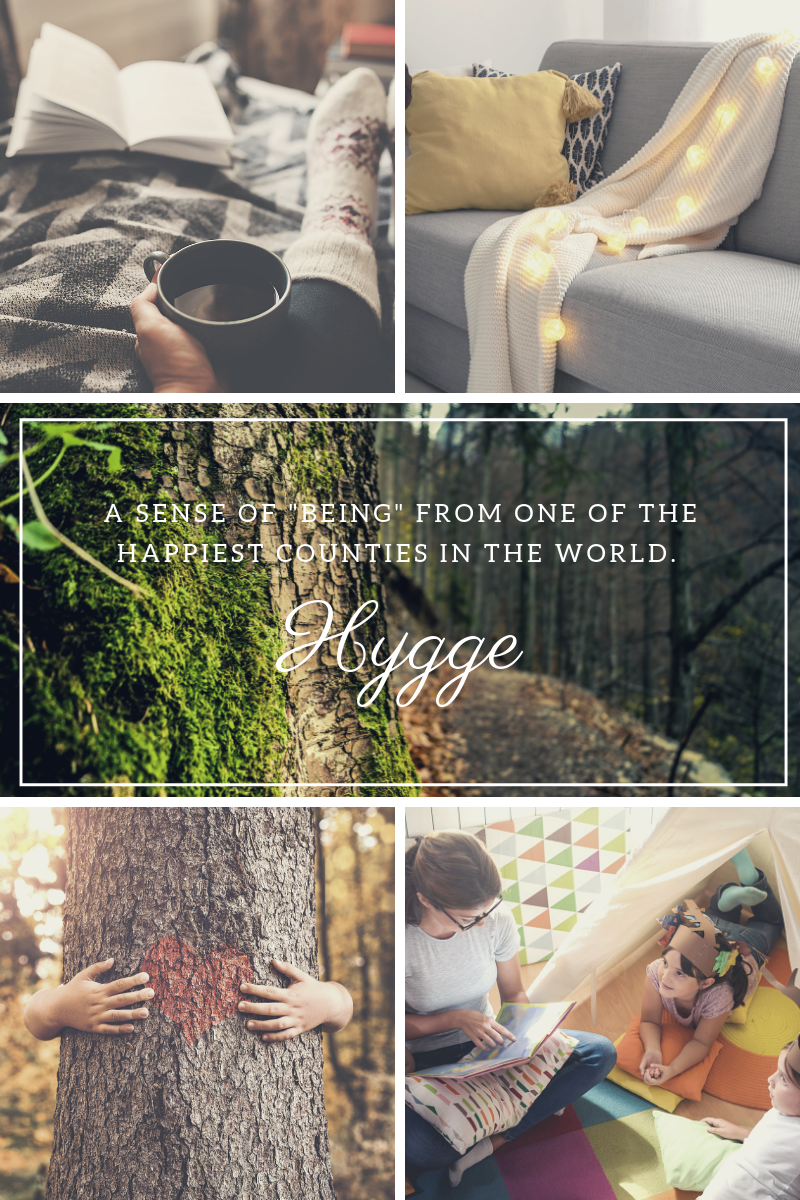

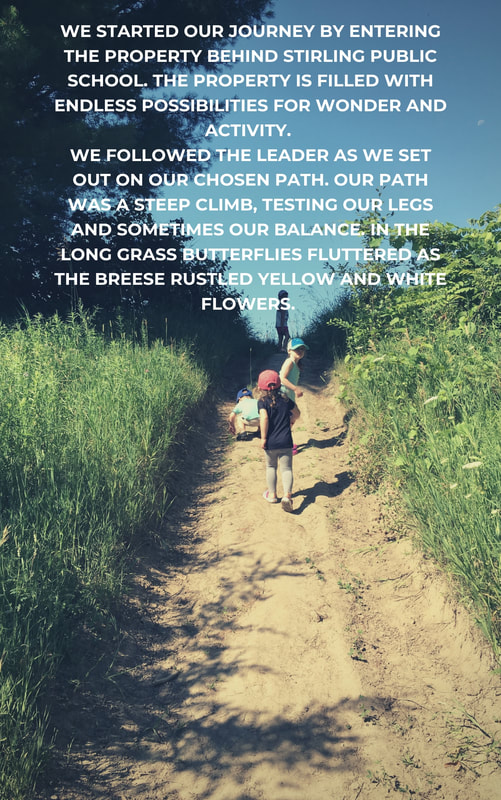
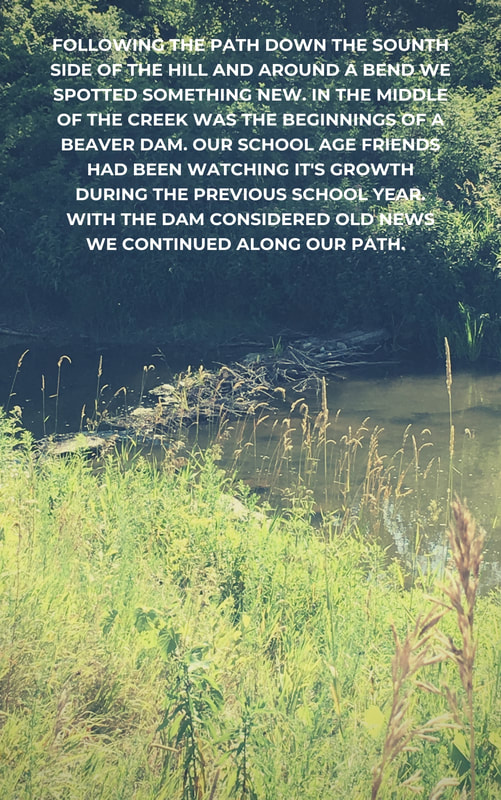
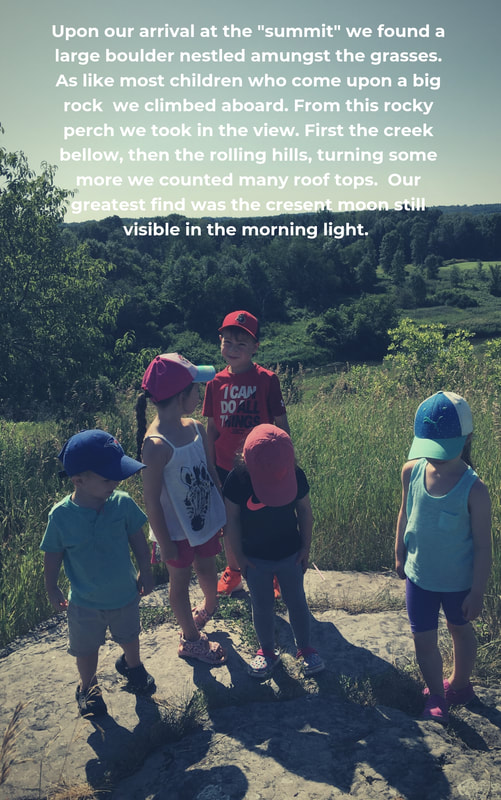
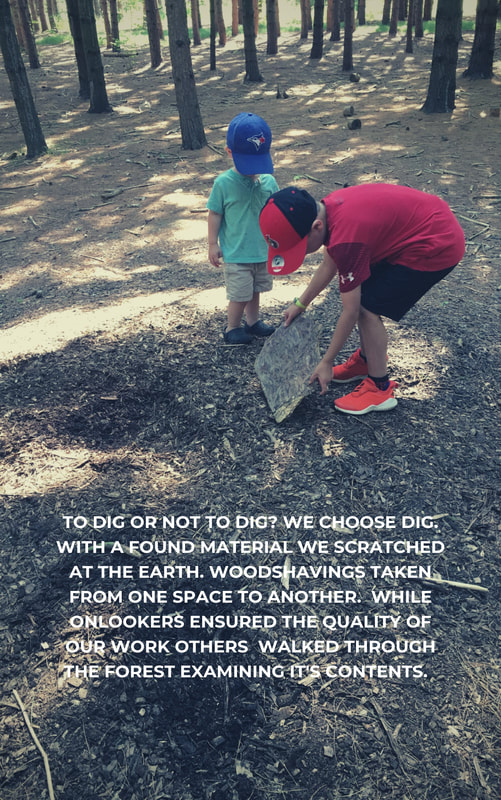
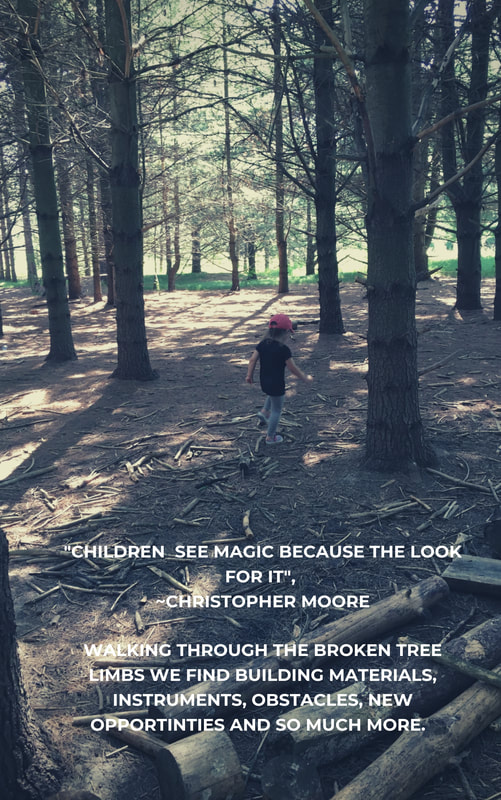
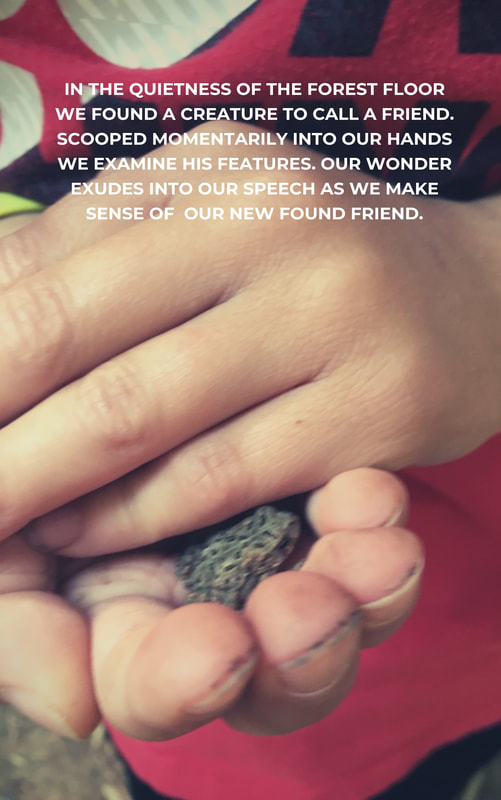
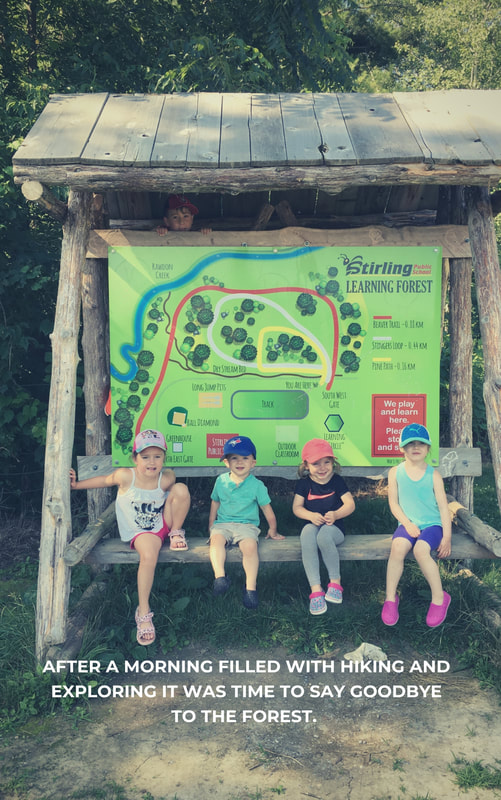
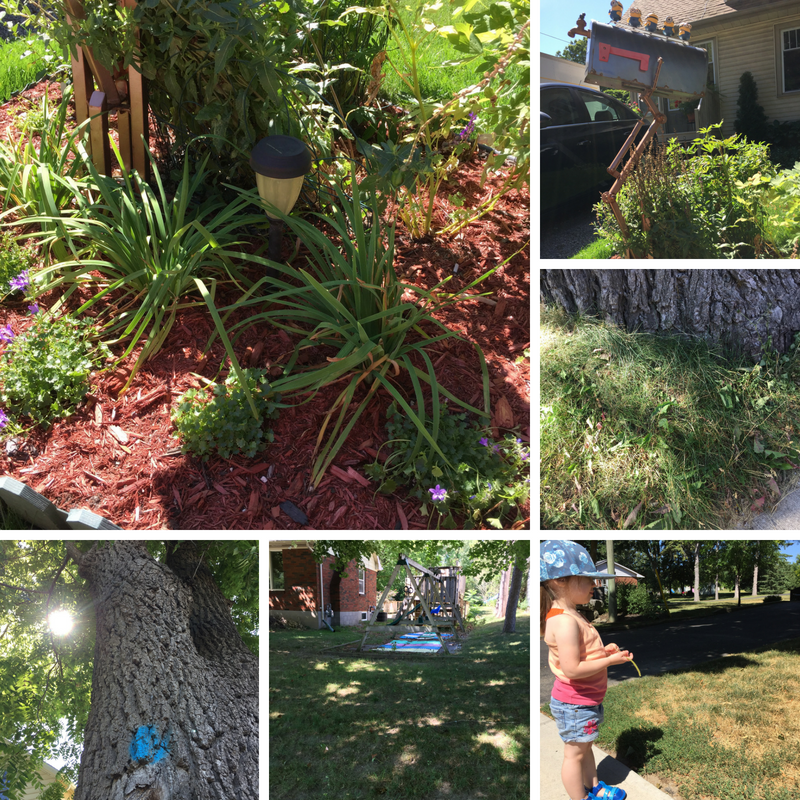
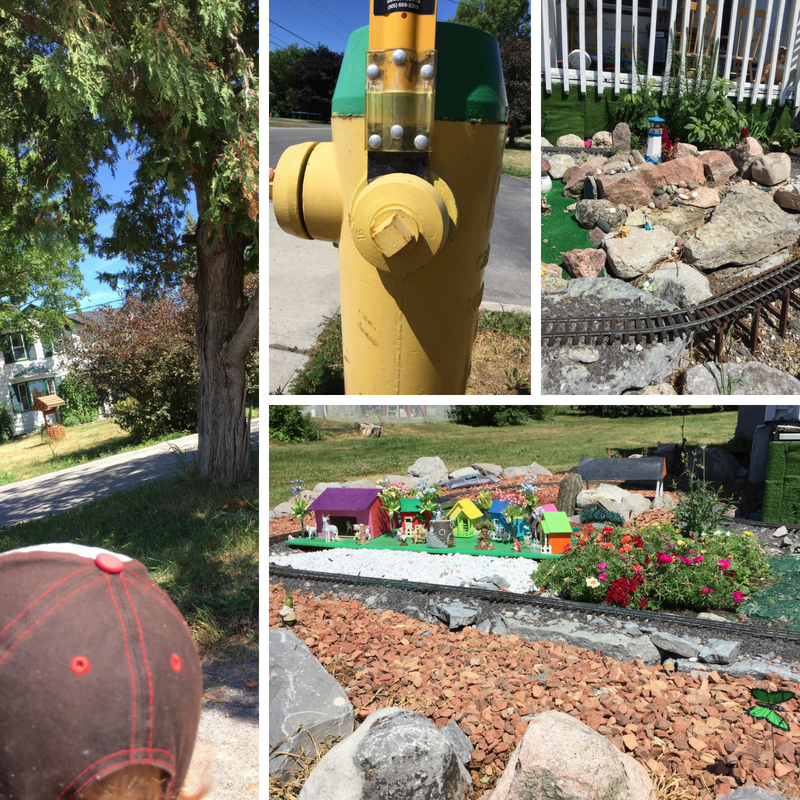
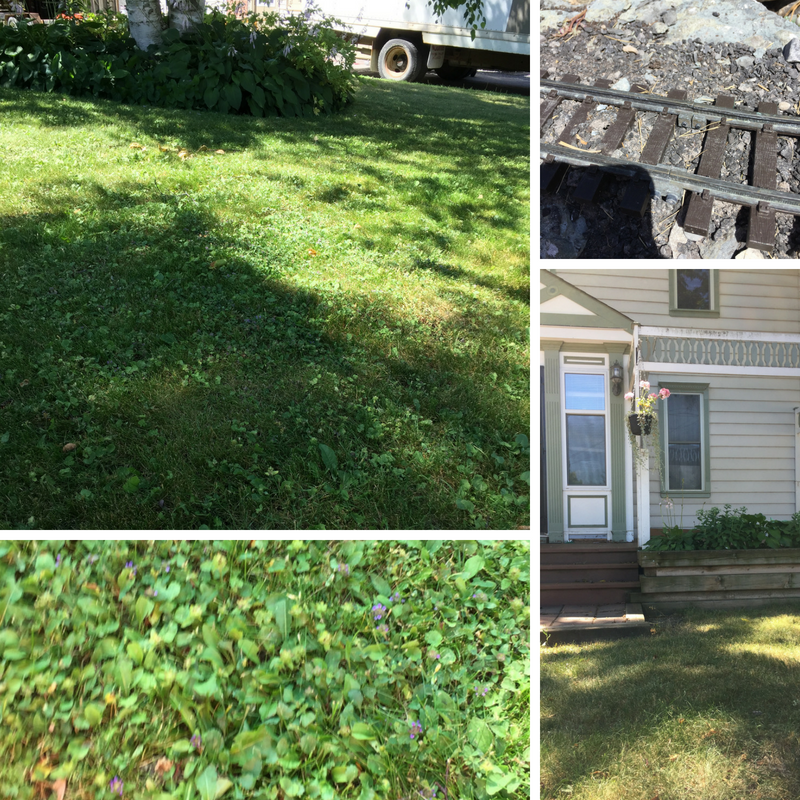
 RSS Feed
RSS Feed